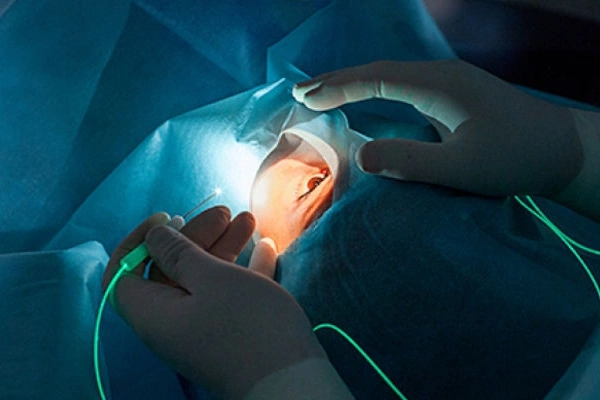Due to a strong correlation with age and diabetes, retinal disorders are the primary cause in the Western world. There are several major conditions for which no adequate treatment exists. With Preceyes’ system, a surgeon can work 10 to 20 times more accurately, automate routines, and operate based on data. This enables Preceyes to develop new treatments and support the improvement of existing ones. Partnerships are ongoing with top clinical institutes like Mount Sinai, Oxford, Glostrup, and the Rotterdam Eye Hospital. Mount Sinai is also a significant investor.
Mixed feelings
CEO Gerrit Naus has mixed feelings about the status of his company. "On the one hand, we are very proud of where we stand and what we have already achieved. We have made the world’s first assisted eye surgery possible, have a CE mark for our technology, our systems are in multiple hospitals in Europe and the USA, and there are sessions on robotics organized at relevant eye conferences. You can also see this in the feedback we receive from our partners, users, and publications about us. Compared to other initiatives, we are at the forefront worldwide. At the same time, I want to be realistic: in the grand scheme of things, we are nowhere yet. You need to at least be able to live off your revenue; currently, there is hardly any income."
Brabant – and especially Brainport within it – is certainly a promising area, says Naus. "There is absolutely potential for medical robotics; the systems thinking, the mechatronic expertise for high-precision positioning, and the experience with medical systems are of world-class standard and important ingredients for the technical development of a medical robot. On the other hand, there is no party in the region with experience and no academic hospital to help develop the market. All this combined means that medical robotics cannot yet be considered a 'strength of Brabant.' Perhaps that will come, but it is certainly not there yet."
Investment climate
The fact that Preceyes does not yet fit in with the big names in Medtech is also due to the investment climate. Naus: "In that sense, our location does not make it easy for us. The amount of money needed for our development compared to the risk and development time creates a mismatch with the financing possibilities in the Netherlands. The BOM is absolutely willing and has already provided important support to us, but is still of a different magnitude than what we are ultimately looking for. Relatively small investments are currently not attractive to us, as that would place us in a position where we would have to promise results that are not achievable with that money."
Therefore, Naus and his team are also looking abroad for new investment rounds. Mount Sinai – with which an agreement could be reached in December 2020 – is already an example of this. But wouldn’t a foreign investor want the whole company to move to the investor's country? "Yes, that’s quite logical. Such an investor is not always keen on transferring the money to Eindhoven. However, we, precisely because of the region's potential, really want to stay here and will try to convince future investors that it is the wisest choice."
